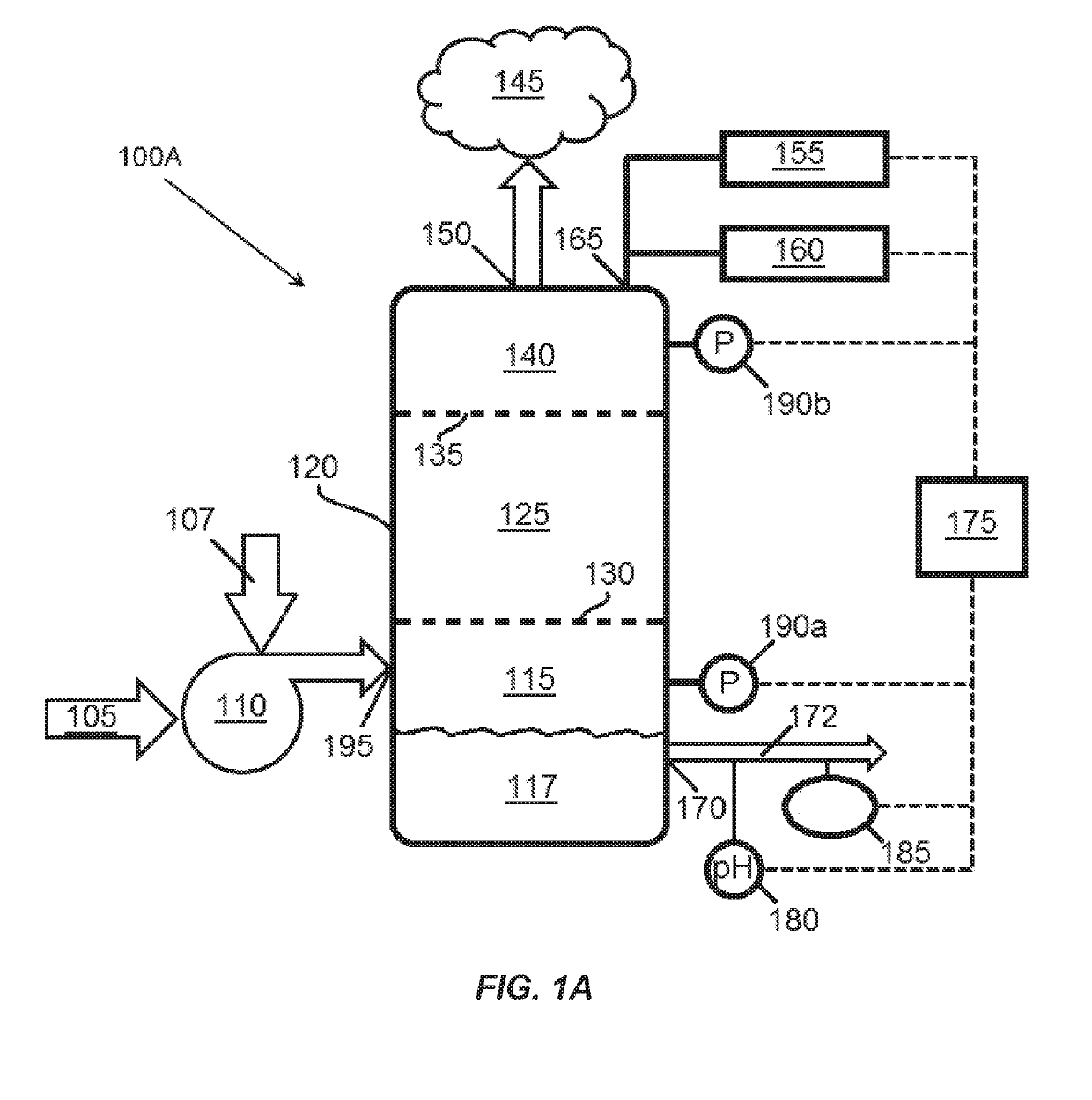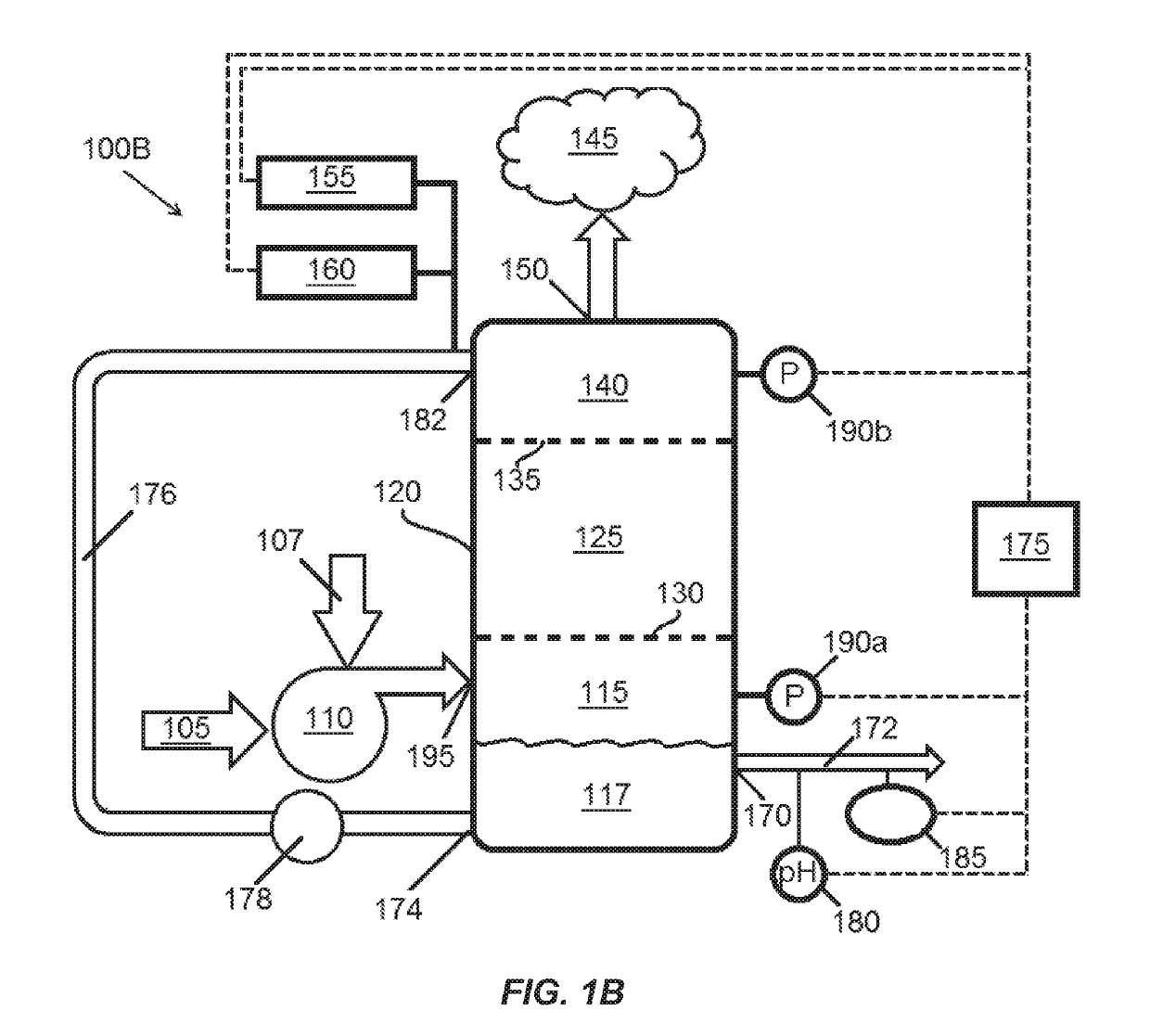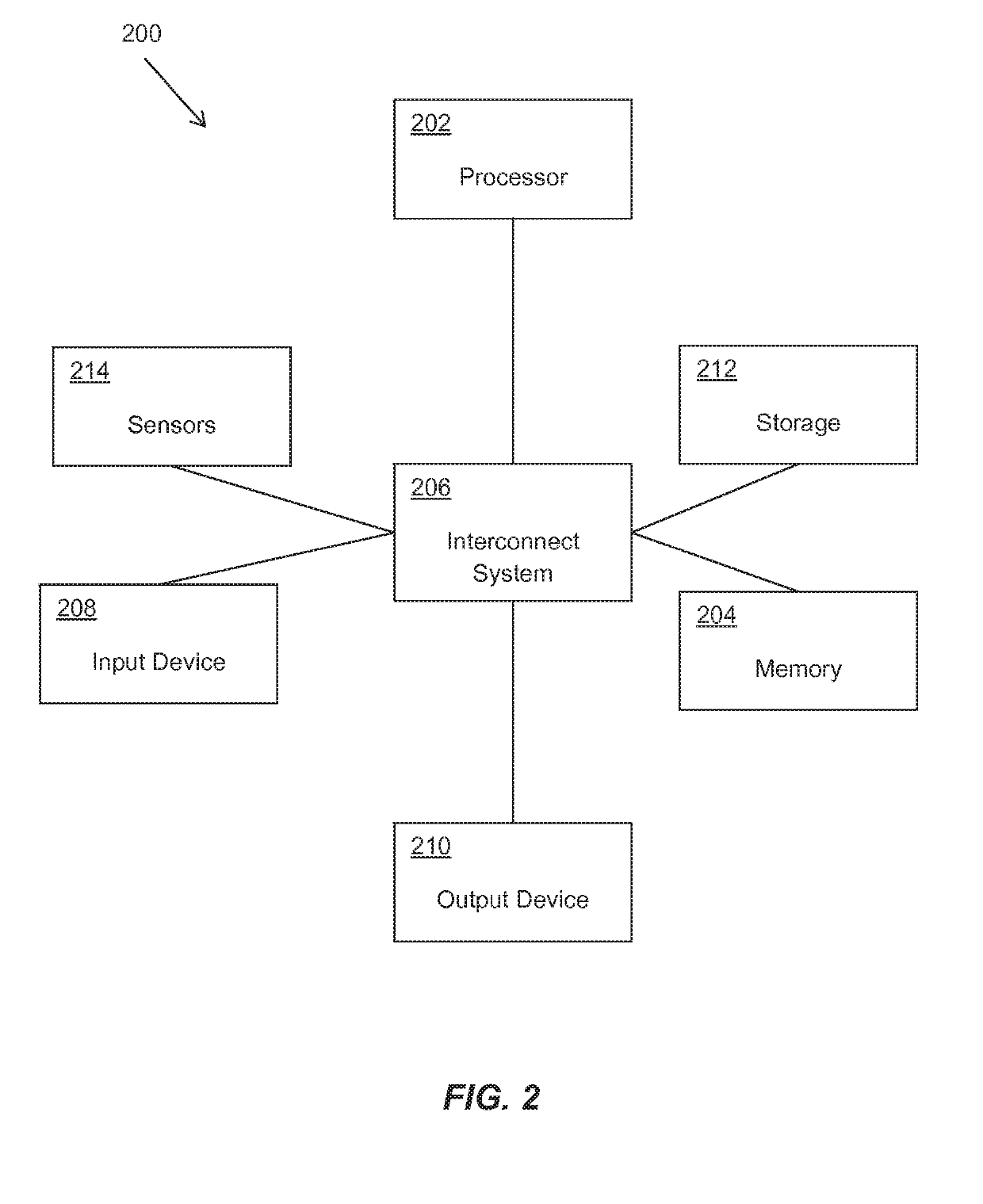Use of porous glass media for a biofilter to remove odorous compounds from an air stream
a biofilter and porous glass technology, applied in the direction of dispersed particle separation, human health protection, separation processes, etc., can solve the problems of untreated sewage generating multiple odor-causing compounds, objectionable odors, undesirable presence of hydrogen sulfide in sewer systems, etc., to and reduce the concentration of hydrogen sulfid
- Summary
- Abstract
- Description
- Claims
- Application Information
AI Technical Summary
Benefits of technology
Problems solved by technology
Method used
Image
Examples
example 1a
Testing of Cylindrical Sintered Glass Media
[0087]Testing was performed to evaluate the performance of sintered glass media for the removal of hydrogen sulfide from contaminated air in a biofilter as described herein. The media was formed as cylinders having an outside diameter of approximately 15 mm, an inside diameter of approximately 10 mm, and a length of approximately 15 mm. The media were trialed in a stock Zabocs® ZB30 vessel using a side stream of foul air withdrawn from the wet well at a lift station in southwest Florida. The Zabocs® ZB30 vessel had a cross sectional area of 4.9 ft2 (0.455 m2) and included a single media bed with a height of 31.5 inches (0.8 m) and a total volume of 12.9 ft3 (0.365 m3). Airflow through the vessel was approximately 100 cfm (cubic feet per minute, 170 m3 / h).
[0088]The site was visited on a regular twice weekly schedule at which time operation parameters were observed and adjustments were made to optimize the system. These parameters included in...
example 1b
Testing of Gear-Shaped Sintered Glass Media
[0096]After testing of the cylinder media was completed, the cylinder media was removed from the Zabocs® ZB30 vessel which was then filled with 80 centimeters (31.5 inches) of gear shaped sintered glass media as illustrated in FIG. 4B. The gear shaped sintered glass media included a roughly cylindrical body approximately 20 mm long with an outside diameter of approximately 26 mm and inside diameter of approximately 10 mm with cogs along both inner and outer walls. The outer cogs are about 5 mm by 5 mm placed about 2 mm apart for a total of 12 outer cogs. The inner cogs are about 1 mm by 1 mm, spaced about 1 mm apart, for a total of 12 inner cogs. The average daily hydrogen sulfide removal rate was 17% when the vessel was put into operation and improved each day until reaching 100% after 11 days of operation. The vessel then maintained an average daily removal rate of 98.8%, and no days with less than 97.5%. The average influent hydrogen sul...
example 1a , 1b conclusions
Example 1A, 1B Conclusions
[0106]The cylinder shaped sintered glass media does not show signs of breakdown after operation of over six months. Likewise the gear shaped media, though tested for a shorter period of time, has shown no signs of breakdown.
[0107]Sintered glass media exhibits high rates of H2S removal from contaminated air, and thus has potential for use as a biofilter media having superior properties, for example, lower density, longer service life, and higher H2S removal efficiency than traditional filter media.
[0108]The cylinder shaped media configuration may contain too much open space through which foul air can channel without treatment. The gear shaped media exhibited better H2S removal efficiency than the cylinder shaped media.
PUM
 Login to View More
Login to View More Abstract
Description
Claims
Application Information
 Login to View More
Login to View More - R&D
- Intellectual Property
- Life Sciences
- Materials
- Tech Scout
- Unparalleled Data Quality
- Higher Quality Content
- 60% Fewer Hallucinations
Browse by: Latest US Patents, China's latest patents, Technical Efficacy Thesaurus, Application Domain, Technology Topic, Popular Technical Reports.
© 2025 PatSnap. All rights reserved.Legal|Privacy policy|Modern Slavery Act Transparency Statement|Sitemap|About US| Contact US: help@patsnap.com



